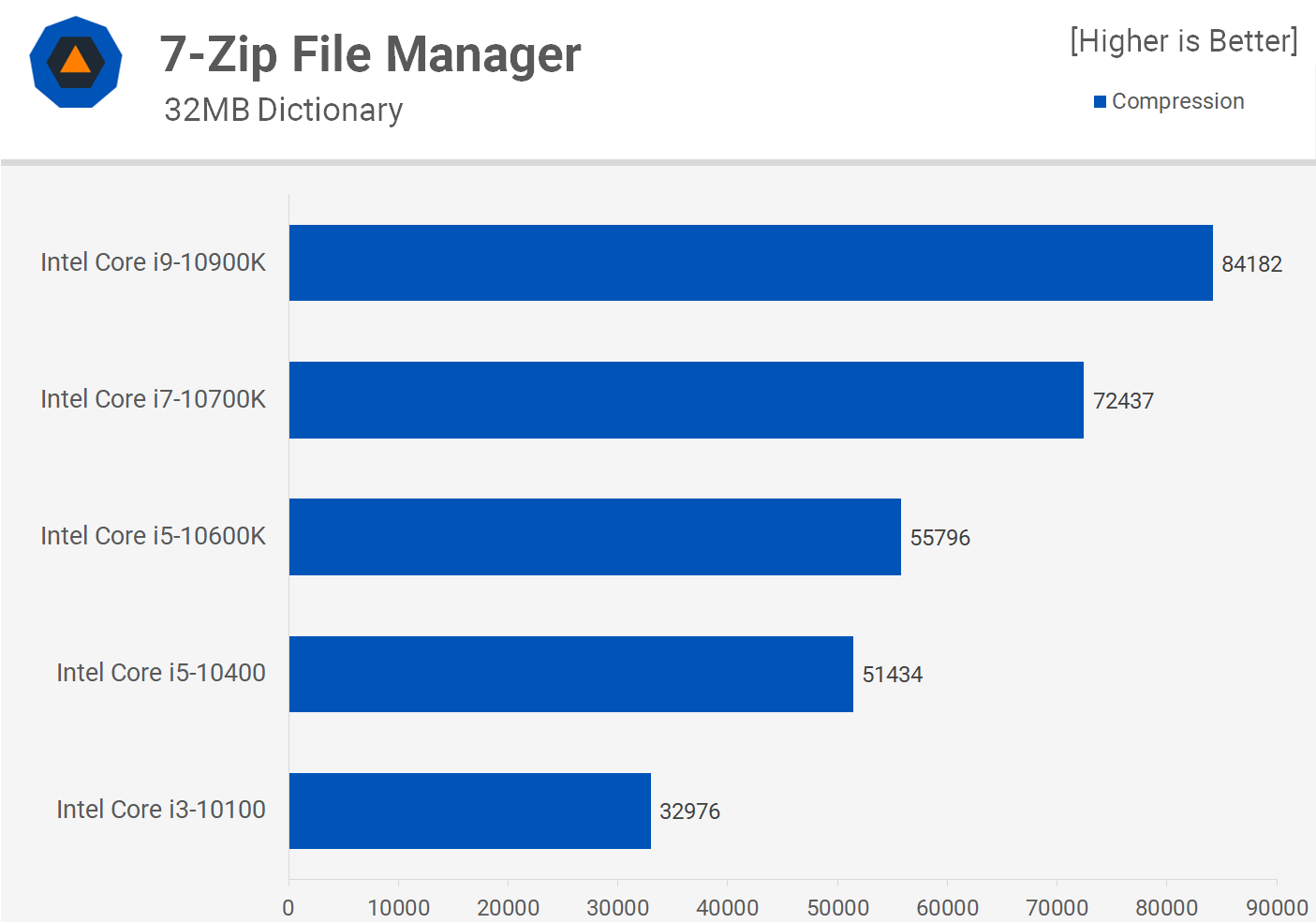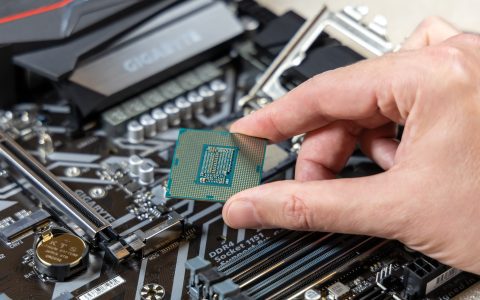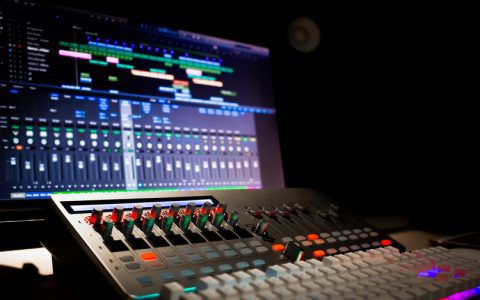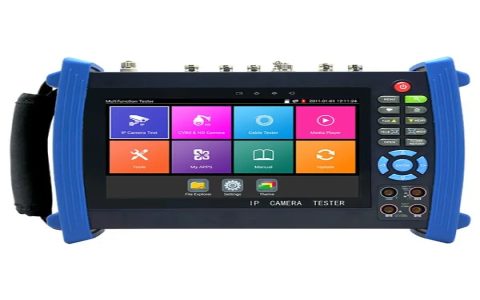Core i3 vs. Core i7: Performance and Use Case Comparison
Intel's Core i3 and Core i7 processors serve different market segments, primarily distinguished by performance capabilities, features, and price. Understanding these distinctions is key to selecting the appropriate CPU for your needs.
Core Performance Metrics
- Cores and Threads: Core i7 processors typically feature a higher core count (e.g., 4 to 8+ cores in mainstream desktop/mobile segments, with even more in high-end desktop - HEDT) and consistently implement Hyper-Threading, enabling them to handle more simultaneous tasks efficiently. Core i3 processors generally have fewer cores (e.g., modern i3s are often quad-core, some with Hyper-Threading) and are thus better suited for less intensive workloads.
- Clock Speeds & Turbo Boost: Core i7 CPUs usually offer higher base and maximum boost clock speeds via Intel Turbo Boost Technology. This results in faster single-core and multi-core performance, crucial for demanding applications and responsiveness. Core i3 processors have comparatively lower clock speeds, and while many feature Turbo Boost, its impact might be less pronounced than on an i7.
- Cache Size: Core i7 processors are equipped with significantly larger L3 cache memory (Smart Cache). This larger cache reduces data access latency and improves performance in repetitive tasks, gaming, and complex software. Core i3 CPUs have a smaller cache, which is adequate for basic tasks but less beneficial for heavy workloads.
Integrated Graphics (iGPU)
While the specific integrated graphics model varies by CPU generation and series, a general distinction exists:
- Core i7: Often integrates more advanced Intel Iris Xe Graphics (in applicable newer generations) or higher-tier Intel UHD Graphics. These provide better performance for light to moderate gaming, 4K media playback, and multi-display setups without a dedicated graphics card.
- Core i3: Typically includes standard Intel UHD Graphics. This is sufficient for everyday display needs, HD video streaming, and very light or older gaming titles, but it is not designed for graphically demanding modern games or professional graphics applications.
Target Applications and User Profiles
Choose a Core i7 for:

- High-Performance Computing: Demanding tasks like professional video editing, 3D rendering, complex data analysis, software compilation, and scientific simulations.
- Enthusiast Gaming: Pairing with mid-range to high-end dedicated GPUs to achieve maximum frame rates, higher resolutions, and visual quality in modern games, minimizing CPU bottlenecks.
- Heavy Multitasking: Running numerous demanding applications simultaneously (e.g., streaming gameplay while gaming, or multiple virtual machines).
- Future-Proofing: Providing headroom for more demanding software and operating systems in the coming years.
Choose a Core i3 for:
- Budget-Conscious Builds: Offering a cost-effective solution for general computing without sacrificing essential performance for daily tasks.
- Standard Office & Home Use: Excels at web browsing, email, document editing, spreadsheets, presentations, and media consumption.
- Light Gaming: Capable of running less demanding indie games, esports titles at competitive frame rates (often at 1080p with adjusted settings), or older AAA games.
- Energy Efficiency: Generally lower Thermal Design Power (TDP), leading to lower power consumption and heat output, suitable for compact or fanless systems.
Price and Value Proposition
Core i7 processors command a significantly higher price, reflecting their superior performance, larger feature set, and advanced technologies. They represent an investment for users who require substantial and sustained processing power.
Core i3 processors are considerably more affordable, providing excellent value for entry-level to mainstream computing needs. For many users focused on standard daily tasks, the additional power of an i7 would be underutilized, making an i3 a more practical and economical choice.
In essence: For power users, content creators, serious gamers, and professionals running CPU-intensive software, the Core i7 is generally the preferred option due to its higher throughput and responsiveness. For everyday computing, budget-focused systems, and light to moderate workloads, the Core i3 offers a competent, efficient, and cost-effective solution.









